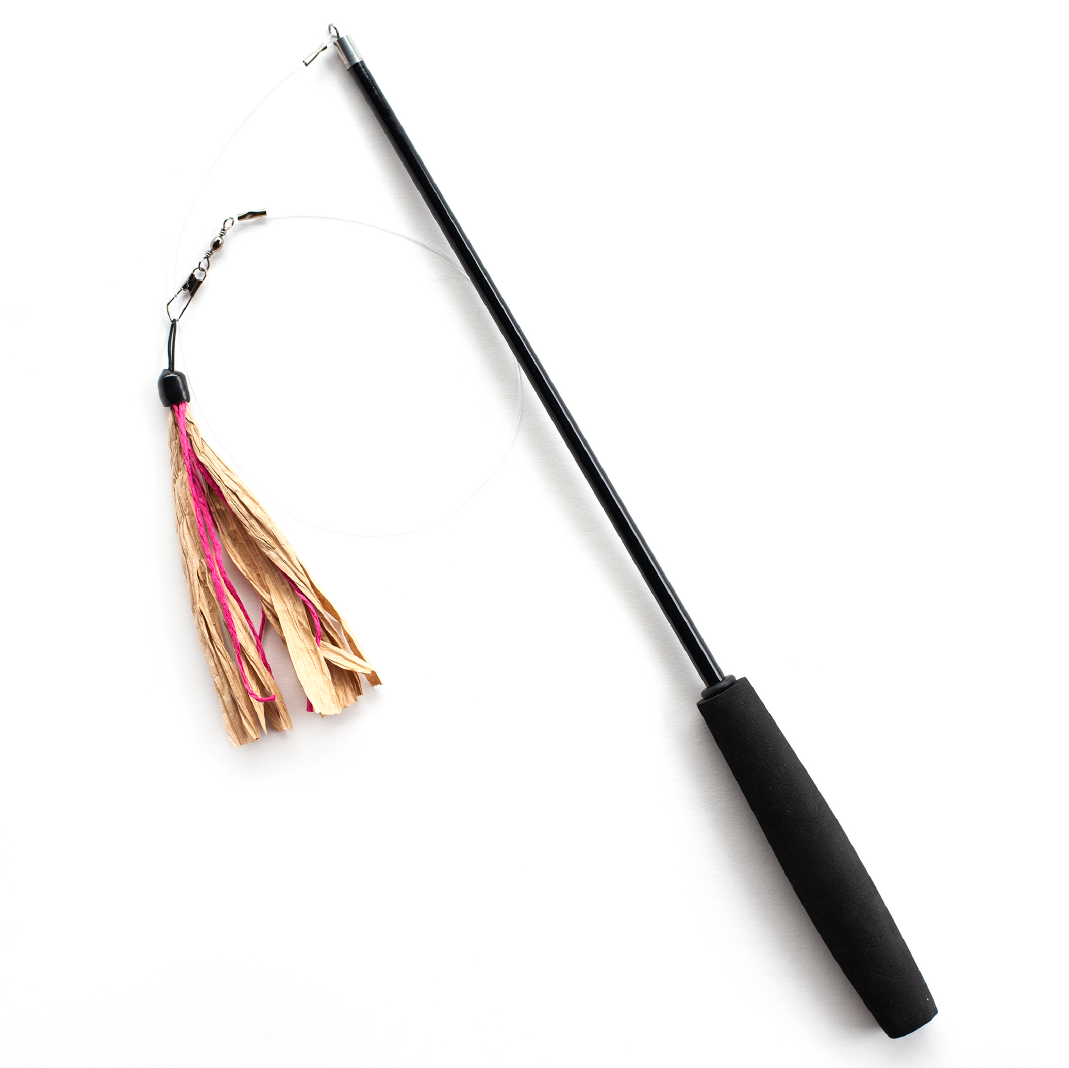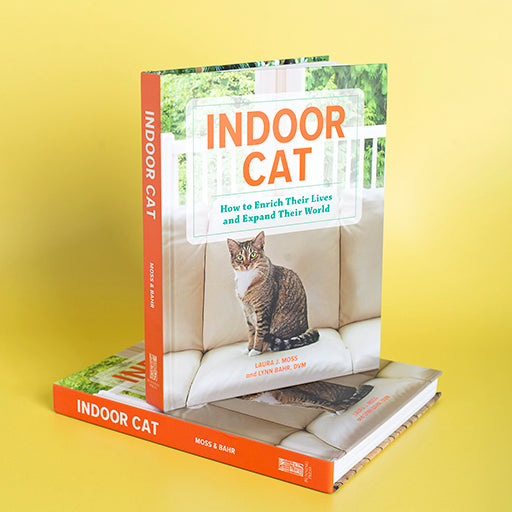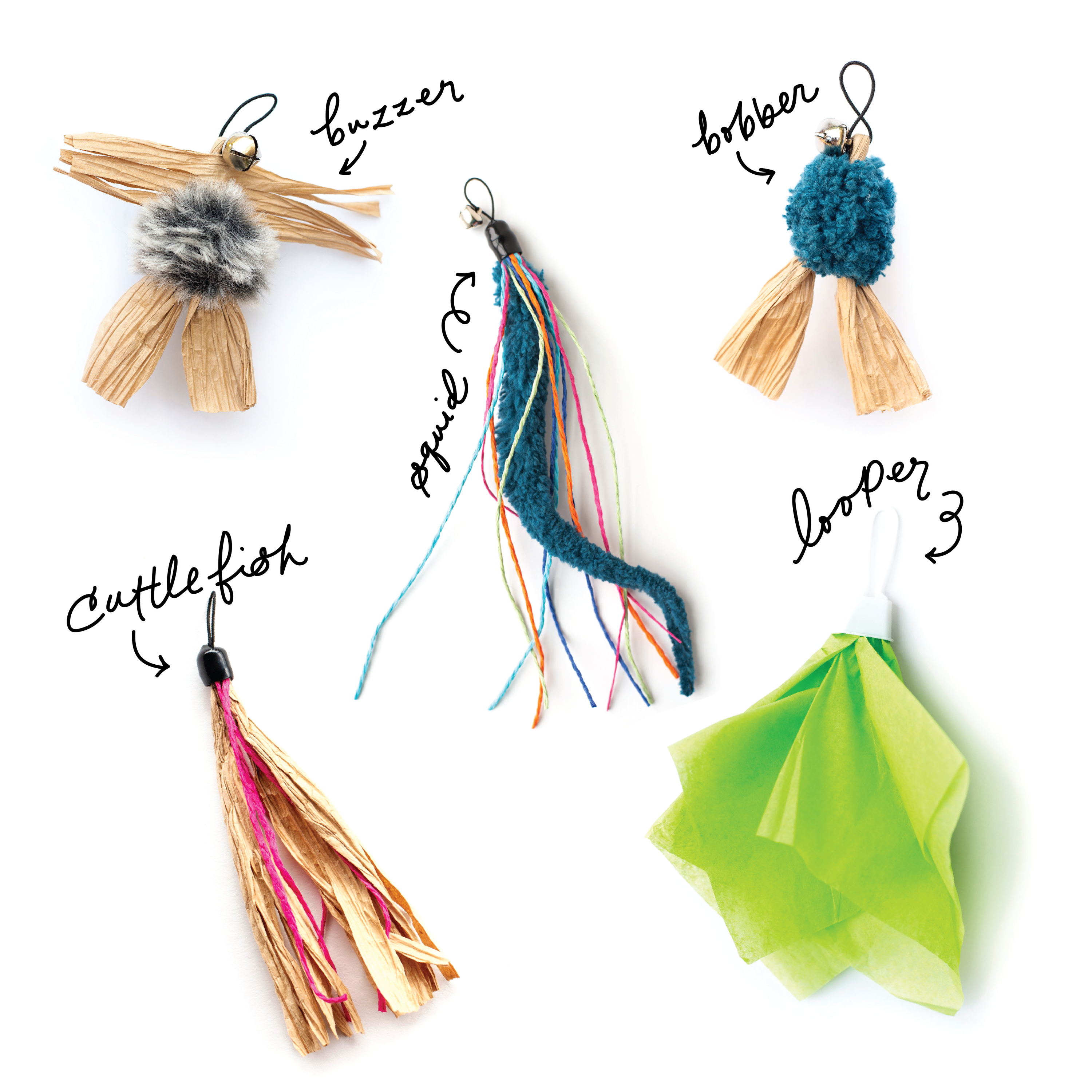How to Keep Your Cat Fit and Active
Choosing between laying around or getting needed exercise is a struggle that we’ve all experienced, and it’s one that our whiskered friends may have too. For indoor cats, getting the right amount of exercise is directly linked to cat behavior.
The best way to get your cat moving is through environmental enrichment and it’s easier than you think. Get your cat playing like a pro in no time with these tips.

Keep your cat entertained to encourage play
Like us, cats can develop health issues and lose strength and agility with lack of exercise. Keeping your cat active is just as important as feeding them and giving them attention. With good fitness, your cat will maintain a healthy weight, build muscle strength, and diseases and issues like arthritis, diabetes, liver issues and breathing problems will be kept at bay.
Ever notice you have a clearer head after a workout? Exercise can mentally stimulate your cat as well. Mental stimulation is important to give your cat ways to combat boredom. This will help your cat avoid depression and anxiety while reducing destructive behavior.
Spoiler alert: cats are natural hunters. Engaging in play that mimics hunting can address your cat’s depression while also reducing levels of stress and anxiety. Not only do they get exercise, but they are mentally stimulated as well.
Physical activity with your cat is an excellent way to bond and spend time with them. A cat who feels loved and has activities to keep their mind and bodies active will have fewer behavior problems and better overall health. The more they move and play, the more they work key muscle groups and the more alert and active they become. This will begin the process of turning lazy, bored cats into active and happy cats.

Activities that encourage exercise
Keeping your cat active is one way to cure boredom, but it’s also an easy way to keep your cat engaged while doing physical activities. Whether it’s DIY exercise equipment, food puzzles, or fun toys from the pet store, almost anything can help them get fit.
Enrichment toys for cats
For example, a laser pointer is a great way to get your cat moving. Pointing the light around your room and letting your cat chase it will simulate the act of chasing and catching prey, a natural instinct for your cat.
After a 15 minute play session, reward them with a rest and then offer them a toy that they can catch. Cats in the wild catch their prey about 30% of the time. If you use a laser pointer too often, they’ll get frustrated, which isn’t good for their health.
I suggest a toy that mimics prey like wand toys, fake mice, or anything that moves like a critter that cats like to hunt. These toys can be made to slither, crawl, dance, and fly, which will entice your cat to chase and try to catch them. The takeaway is to offer a variety of different toys. Toy rotation will keep your cat engaged as well as fight boredom and laziness.
The great outdoors
Leash training and taking your cat for a walk is also an option to help get them fit. Walking your cat is great mental stimulation for them and a safe way to introduce them to the outdoors.

You could also build a catio—an outdoor enclosure that lets cats enjoy nature and fresh air without the danger of them running off. Your own human patio is also a good option if it’s screened in or if you’re able to supervise kittys yard time.
But even if you don’t have the space (or if you have other concerns about outdoor time for your cat), try opening a window to let fresh air and sunshine in. Your cat will appreciate the mental stimulation and you might see them become more interested in play hunting.
Indoor playgrounds
Buying or building your own obstacle course or playground where your cat can stalk, run, and climb, will give them a variety of activities to do all in one place. Indoor playgrounds can be as simple as linking cat tunnels together or having them walk up ramps or through hoops. Cats also love paper bags, scratching posts, and cat trees.
These activities are forms of feline enrichment (think: foraging, hunting, and stalking) and help your cat connect with their natural feline instincts. While creating these courses, remember to listen to your cat and respect their boundaries. Only offer up activities they show interest in – every cat is different with different preferences.

Consistency is key for a healthy and fit cat
Working exercise into our schedules is key to getting fit and remaining healthy. It’s the same for your cat. By making an effort to either play and engage your cat in physical activity on a consistent schedule, they will get used to physical activity and they will enjoy it. Make a schedule of what time you plan to exercise with your cat and stick to it.
Cats need about 30 minutes of physical activity per day, but any amount of activity will improve your cat’s wellbeing. If your cat isn’t very active currently, you can start small with play in five-minute increments of activities your cat loves, a few times a day. Then build up to longer sessions until your cat is getting plenty of exercise. Just remember older cats and kittens will need different options to keep their play sessions safe and enjoyable.
Establishing this routine will give your cat an alternative to destructive behaviors that come with boredom. Engaging in play around the same time of day can build habits that make us less likely to forget. It’s like when we take our vitamins at the same time every day and the routine becomes muscle memory for us. The same will happen for your cat.
Remember that exercising should be fun for your cat and above all else, enriching for them. If you stay consistent, you can turn your companion into a regular cat-hlete.
For more enrichment ideas, subscribe to our newsletter.









